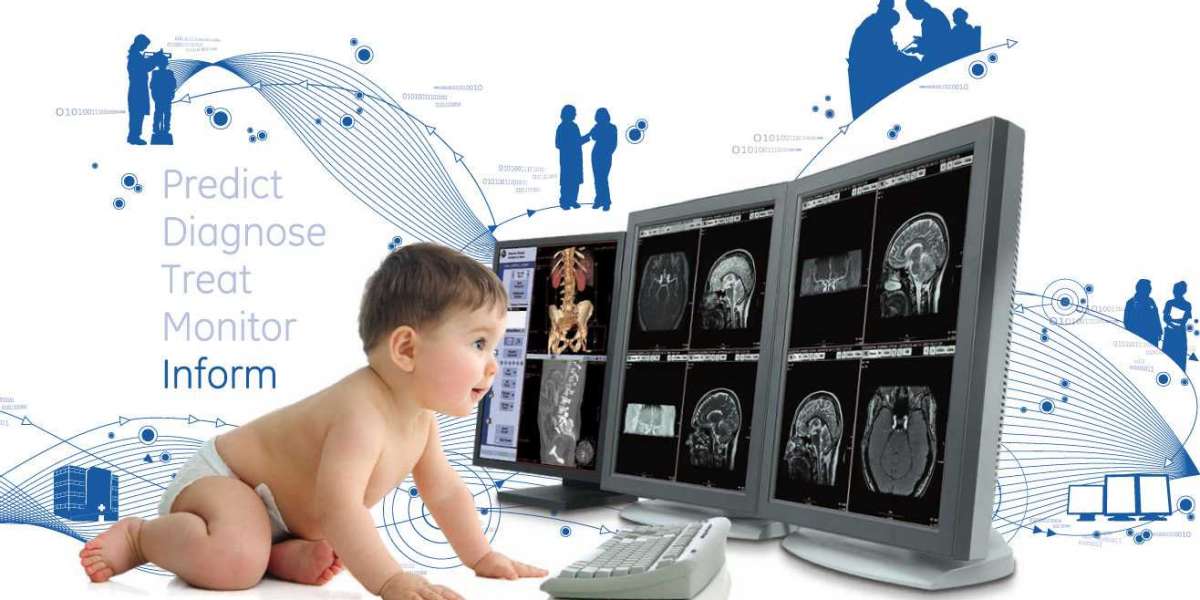Air traffic management (ATM) is a critical component of the aviation industry, responsible for ensuring the safety, efficiency, and regularity of air traffic. The ATM market has been growing rapidly in recent years, driven by increasing air traffic volumes, the need for better operational efficiency, and the adoption of advanced technologies.
In this article, we will explore the air traffic management market, including its current state, key trends, and future outlook. The market is driven by several factors such as the increasing demand for air travel, the need for advanced airspace management solutions, and the adoption of digital technologies.
Types of Air Traffic Management Systems:
There are several types of air traffic management systems available in the market, each with its own set of features and capabilities.
Some of the most common types include: Air Traffic Control (ATC) Systems: ATC systems are responsible for monitoring and controlling air traffic within a specified airspace. They use radar and communication technologies to provide pilots with guidance on flight paths, altitude, and speed.
Aeronautical Information Management (AIM) Systems: AIM systems are responsible for managing and disseminating aeronautical information, such as weather reports, flight plans, and navigation charts.
Airspace Management Systems: Airspace management systems are responsible for managing the use of airspace, including the allocation of routes, altitudes, and landing slots.
Airport Operations Systems: Airport operations systems are responsible for managing airport operations, such as aircraft parking, passenger flow, and baggage handling.
Applications of Air Traffic Management: Air traffic management has a wide range of applications in the aviation industry.
Some of the most common applications include:
Flight Planning and Routing: ATM systems are used to plan and optimize flight paths, taking into account factors such as weather, air traffic congestion, and fuel consumption.
Air Traffic Control: ATC systems are responsible for monitoring and controlling air traffic within a specified airspace, ensuring safety and efficiency.
Airport Operations: ATM systems are used to manage airport operations, such as aircraft parking, passenger flow, and baggage handling.
Surveillance and Monitoring: ATM systems use radar and other technologies to monitor and track aircraft movements, providing real-time data on flight paths, altitude, and speed.
Regional Outlook:
The air traffic management market is dominated by North America, due to the presence of major players in the region and a high demand for air travel. However, the market is expected to grow rapidly in the Asia-Pacific region, due to the increasing demand for air travel and the adoption of advanced technologies in the region. The Europe market is also expected to experience significant growth in the coming years, due to the increasing investments in airport infrastructure and the adoption of digital technologies.
Key Players:
The air traffic management market is highly competitive, with several established players and emerging startups. Some of the key players in the market include Honeywell International Inc., Saab AB, Raytheon Company, Thales Group, and Indra Sistemas S.A. These companies are actively engaged in research and development activities to develop innovative solutions that meet the evolving needs of the aviation industry.
Future Outlook:
The future of the air traffic management market looks promising, as the demand for more efficient and sustainable air travel continues to grow. Advancements in ATM technology, such as the adoption of digital technologies, artificial intelligence, and machine learning, will further enhance the capabilities of ATM systems and make them more accessible to airlines and airports.














